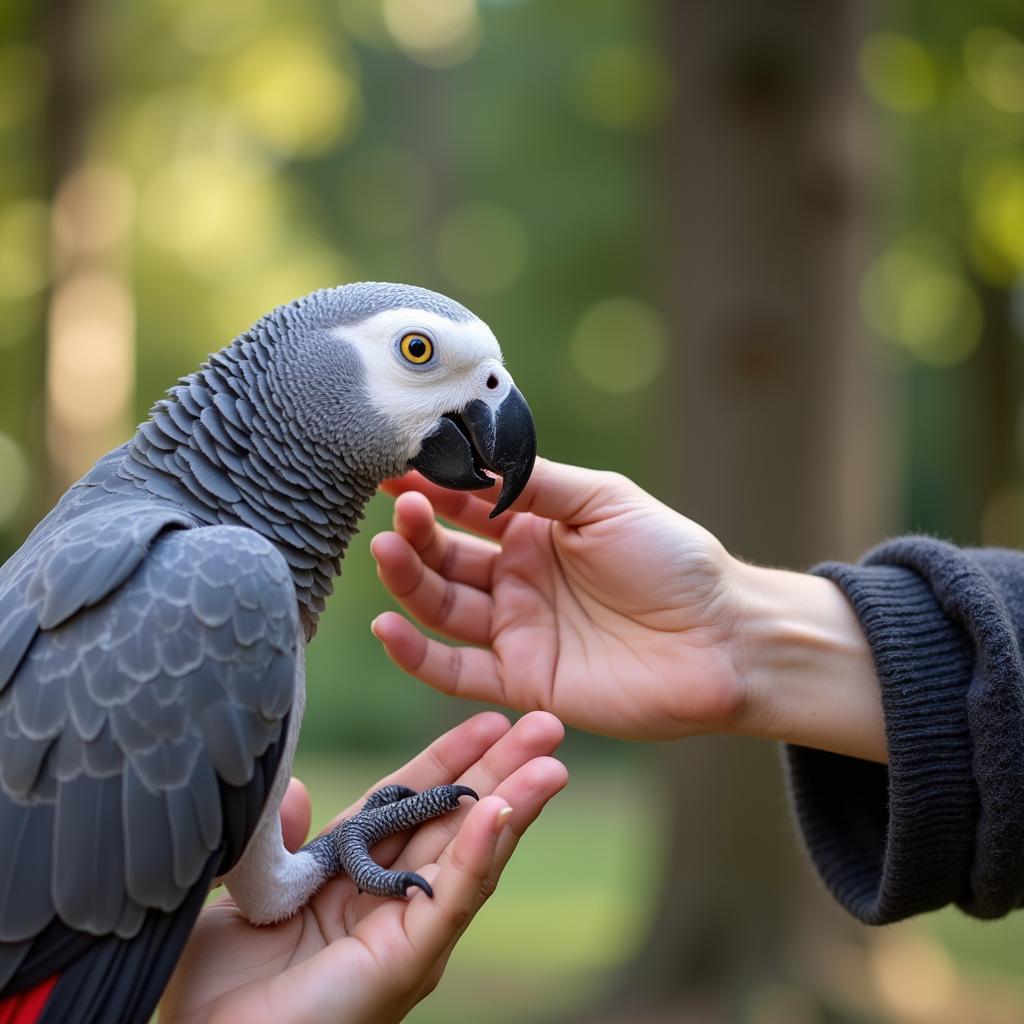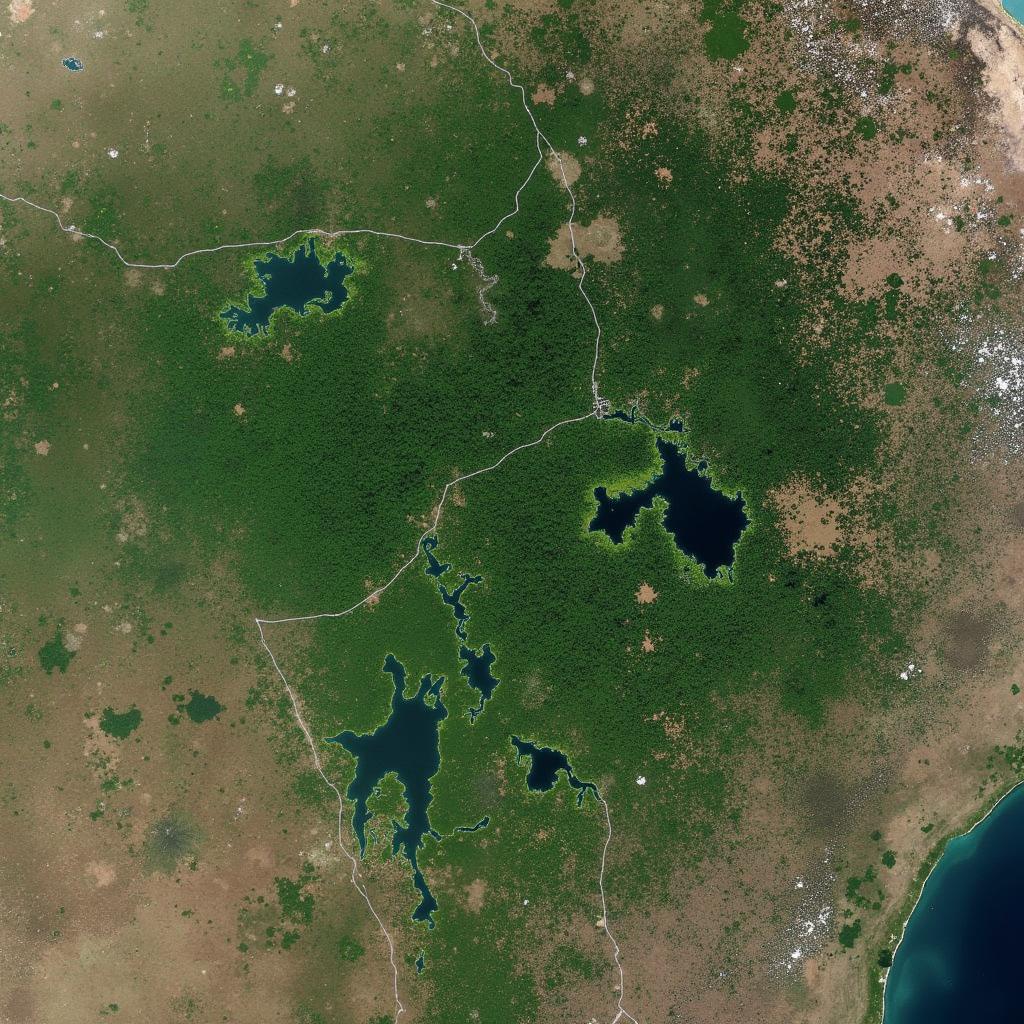The Ultimate Guide to African Big Cats List
Africa, a land of diverse landscapes and abundant wildlife, is renowned for its majestic big cats. These apex predators play a critical role in the ecosystem, captivating wildlife enthusiasts with their beauty, power, and grace. This comprehensive guide delves into the fascinating world of African big cats, providing insights into their unique characteristics, habitats, and conservation status.
Unveiling the African Big Cats: A Diverse Roster of Predators
The African continent boasts a diverse range of big cats, each adapted to specific ecological niches. From the lightning-fast cheetah to the elusive leopard, these magnificent creatures have captivated the imaginations of humans for centuries.
Lions (Panthera leo)
 African Lion Pride in the Savanna
African Lion Pride in the Savanna
Known as the “king of the jungle,” the lion is the second-largest cat globally, after the tiger. Lions are highly social animals, living in groups called prides, consisting of related females, their cubs, and a few adult males. Their tawny coats provide excellent camouflage in the grasslands, while their powerful roars can be heard for miles.
Leopards (Panthera pardus)
 African Leopard Camouflaged in a Tree
African Leopard Camouflaged in a Tree
Leopards are solitary and highly adaptable cats, found in various habitats across Africa. Their distinctive rosette-shaped spots provide excellent camouflage, allowing them to stalk prey with stealth. Leopards are incredibly strong for their size, known to haul their kills, often larger than themselves, into trees to protect them from scavengers.
Cheetahs (Acinonyx jubatus)
Renowned as the fastest land animal, the cheetah can reach speeds of up to 70 miles per hour in short bursts. Their slender bodies, long legs, and unique non-retractable claws are perfectly adapted for speed. Cheetahs rely on their incredible speed to chase down prey, primarily gazelles, in open grasslands.
African Wild Dogs (Lycaon pictus)
While not technically classified as big cats, African wild dogs, also known as painted wolves, deserve a place on this list due to their significant size and predatory prowess. They are highly social animals, living in packs and known for their exceptional hunting skills, often bringing down prey much larger than themselves through coordinated efforts.
Threats and Conservation Efforts
Sadly, African big cats face numerous threats, primarily due to human activities. Habitat loss, human-wildlife conflict, and poaching for the illegal wildlife trade have significantly impacted their populations.
Habitat Loss and Fragmentation
The expansion of human settlements, agriculture, and infrastructure development has led to the destruction and fragmentation of natural habitats crucial for big cats. This fragmentation isolates populations, making them more vulnerable to genetic issues and disease.
Human-Wildlife Conflict
As human populations grow, encounters between people and big cats become more frequent. This conflict often arises from livestock depredation, leading to retaliatory killings of predators.
Poaching and Illegal Wildlife Trade
The illegal wildlife trade poses a severe threat to big cats. Their body parts are highly valued in some cultures for traditional medicine or as status symbols.
Conservation Initiatives
Numerous organizations and individuals are dedicated to protecting African big cats. These efforts involve:
- Habitat Protection and Restoration: Establishing protected areas and wildlife corridors to connect fragmented habitats.
- Anti-Poaching Measures: Strengthening law enforcement, implementing anti-poaching patrols, and utilizing technology for surveillance.
- Community-Based Conservation: Engaging local communities in conservation efforts through education, alternative livelihood programs, and promoting co-existence strategies.
“The future of Africa’s big cats depends on our collective action,” says Dr. John Kamau, a renowned wildlife biologist dedicated to lion conservation in Kenya. “By addressing the threats they face and implementing effective conservation strategies, we can ensure their survival for generations to come.”
Conclusion
African big cats are not just magnificent creatures; they are integral components of the continent’s rich biodiversity. Their conservation is crucial for maintaining the health and balance of ecosystems. By understanding the threats they face and supporting conservation efforts, we can all play a part in ensuring these iconic animals continue to roam the African landscapes for generations to come.
For more information on African wildlife, explore our articles on the African cheetah Wikipedia page and the diverse range of African game animals.


